Come-to-Jesus Moment Arrives for Downtown Santa Barbara Property Owners
Is There Support to Create a New Downtown Improvement District?
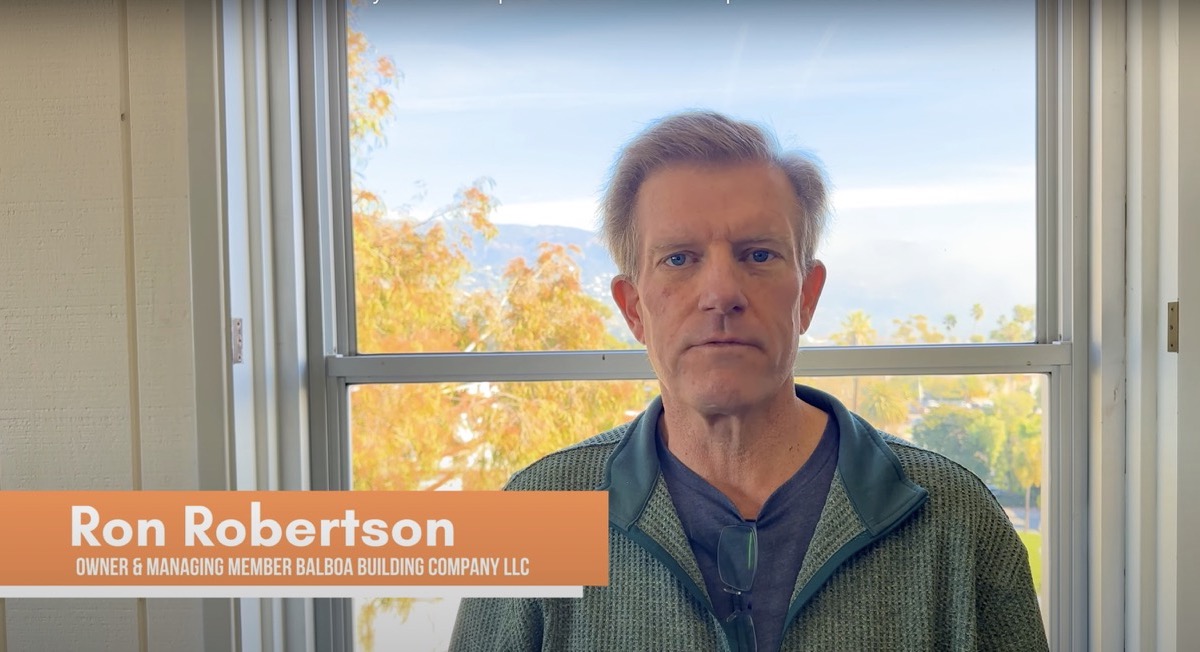
Largely missing in the debate about the future of downtown Santa Barbara — whether it has one and what it should look like — have been the property owners themselves. This week, long-germinating plans to rectify this are coming to a head. If all goes as proponents hope, downtown property owners will soon vote to “tax” themselves to the tune of $2 million a year. This would pay for security and cleaning beyond what City Hall currently provides, as well as homeless outreach and additional events and promotions designed to draw people downtown.
Naturally, it’s a lot more complicated than that.
The Holy Grail in this equation is the creation of what’s called a Community Benefit Improvement District (CBID) funded by assessment fees the owners of 400 or so properties — located between Sola Street and Highway 101 and bounded by Chapala Street to the west and by Anacapa Street to the east — would impose upon themselves.
The first big challenge confronting Downtown Santa Barbara and the Santa Barbara South Coast Chamber of Commerce — the two organizations spearheading this effort — is to persuade the owners of 30 percent of the business estates within these boundaries that they want to have an election. Those ballots have gone out in the mail already, and proponents need another 7 percent of affirmative responses to trigger the election.
Education and outreach have been challenging. Many owners are limited liability corporations or out-of-town owners; others already have taken it upon themselves to provide the additional security and maintenance the CBID promises to provide. So why would they want to assume the additional financial burden?
And for some properties, that burden is significant. Ron Robertson, owner of the six-story Balboa Building by De la Guerra and State streets, said his CBID assessment would cost him $23,000 a year.
“Initially, I was a hard no,” Robertson said. “But then I educated myself about what these things can do, and I quickly became a ‘heck yeah.’”
By contrast, the assessment for the much-smaller Santa Barbara Travel Bureau — in the same location on the 1000 block of State Street since 1947 — would be about $1,500 a year. The owner there, David de L’Arbre, is another ardent “heck yeah.”
If proponents don’t reach the 30 percent mark in February, it’s uncertain they’ll continue. The South Coast Chamber and Downtown Santa Barbara have been spending a combined $8,000 a month on the effort for the past year, and it’s been tough going. But if the 30 percent mark is reached — and City Hall and the county government sign off on it — there will then be an actual election. To win, the CBID must garner 50 percent of the vote plus one. If that happens, then a new entity must be created according to state law, an executive director appointed, and a staff hired.
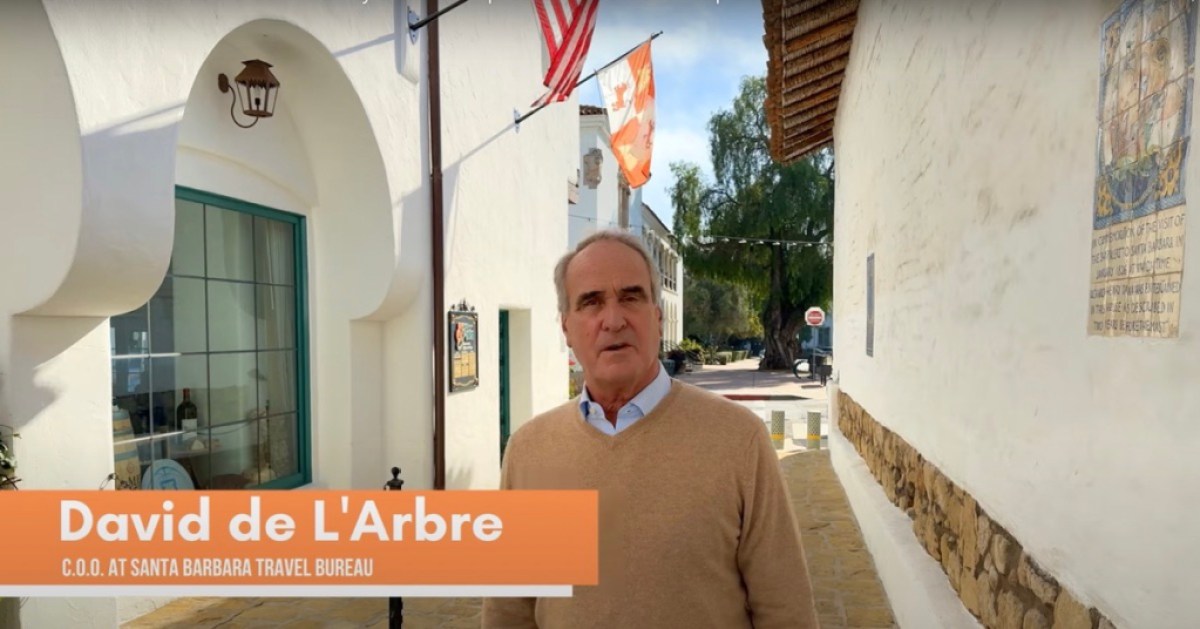
“A problem on State Street — and pretty much downtown — is that a lot of properties are poorly managed. There are out-of-town owners, lots of vacancies, homeless people staying in the spaces,” said de L’Arbre. “For too long, we’ve looked to the city to ride in on a white horse and save the day.” That’s not going to happen, de L’Arbre said. The police are understaffed, he noted, and the city’s budget is already stretched thin. With a CBID, he said, the owners can steam-clean the streets more frequently, hire outreach workers for homeless people, and provide private security to reassure those afraid to come downtown.
The CBID would also assume much of the promotional and special events function now provided by the Downtown Santa Barbara — itself a business improvement district funded by business fees as opposed to more robust real estate assessments. To put the two improvement districts in perspective, the Downtown Santa Barbara operates on an annual budget of $250,000, while the CBID would have $2 million a year.
With resources like that, the CBID could emerge as a more cohesive and creatively engaged player in city politics at a time when major efforts are currently underway to “reimagine” what downtown should look like. As Robertson noted, downtown property owners have mostly allowed a small handful of landlords — notoriously outspoken, impatient, and frustrated — to carry their water. If someone showed up who could legitimately claim to speak for 400 owners — as opposed to two or three — Robertson said, the dynamics would change.
“We’d have some clout,” he said. “It’s like we’d be union.”
Hundreds of California cities have CBIDs. Coast Village Road in Montecito has one. The City of Ventura has one, too, and its executive director, Kevin Clerici, will be speaking Wednesday evening, January 31, at Paseo Nuevo’s Workzones from 5:30 to 7 p.m. So, too, will Rick Lemmo, a representative from Glendale’s CBID. The public — and other owners — are invited to attend. For more information and to RSVP, click here.
Premier Events
Thu, May 02
5:00 PM
Santa Barbara
Things with Wings at Art & Soul
Sat, May 04
10:00 AM
Lompoc
RocketTown Comic Con 2024
Thu, May 02
5:00 PM
Santa Barbara
100th Birthday Tribute for James Galanos
Thu, May 02
5:00 PM
Santa Barbara
Meet the Creator of The Caregiver Oracle Deck
Fri, May 03
4:00 PM
Santa Barbara
Santa Barbara Fair+Expo “Double Thrill Double Fun”
Fri, May 03
8:00 PM
Santa barbara
Performance by Marca MP
Sat, May 04
10:00 AM
Solvang
Touch A Truck
Sat, May 04
11:00 AM
Santa Barbara
Mental Wellness Center’s 28th Annual Arts Faire
Sat, May 04
11:00 AM
Santa Barbara
Community History Day
Sat, May 04
3:00 PM
Solvang
The SYV Chorale Presents Disney Magic Concert
Sat, May 04
7:00 PM
Santa Barbara
A Star Wars Cantina Celebration: Renegades, Rebels, and Rogues
Tue, May 07
7:00 PM
Santa Barbara
Theatre Eclectic Presents “The Great Gatsby” – Wake Auditorium
Thu, May 02 5:00 PM
Santa Barbara
Things with Wings at Art & Soul
Sat, May 04 10:00 AM
Lompoc
RocketTown Comic Con 2024
Thu, May 02 5:00 PM
Santa Barbara
100th Birthday Tribute for James Galanos
Thu, May 02 5:00 PM
Santa Barbara
Meet the Creator of The Caregiver Oracle Deck
Fri, May 03 4:00 PM
Santa Barbara
Santa Barbara Fair+Expo “Double Thrill Double Fun”
Fri, May 03 8:00 PM
Santa barbara
Performance by Marca MP
Sat, May 04 10:00 AM
Solvang
Touch A Truck
Sat, May 04 11:00 AM
Santa Barbara
Mental Wellness Center’s 28th Annual Arts Faire
Sat, May 04 11:00 AM
Santa Barbara
Community History Day
Sat, May 04 3:00 PM
Solvang
The SYV Chorale Presents Disney Magic Concert
Sat, May 04 7:00 PM
Santa Barbara
A Star Wars Cantina Celebration: Renegades, Rebels, and Rogues
Tue, May 07 7:00 PM
Santa Barbara

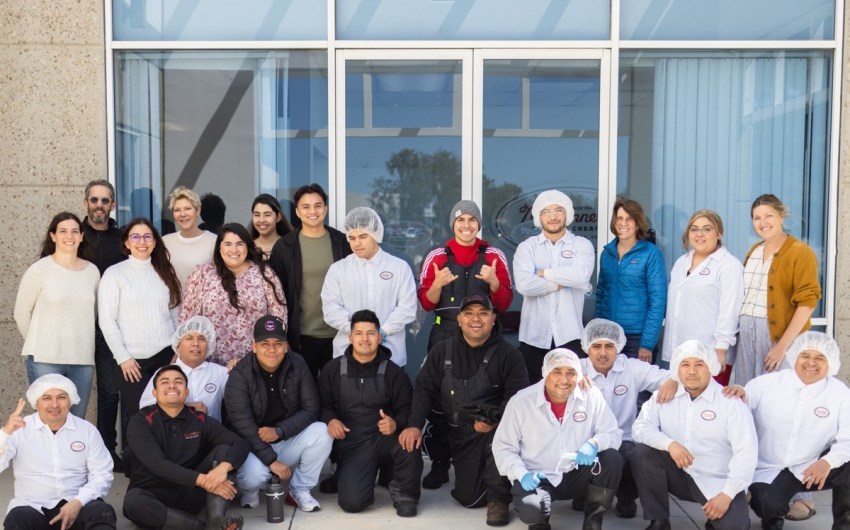
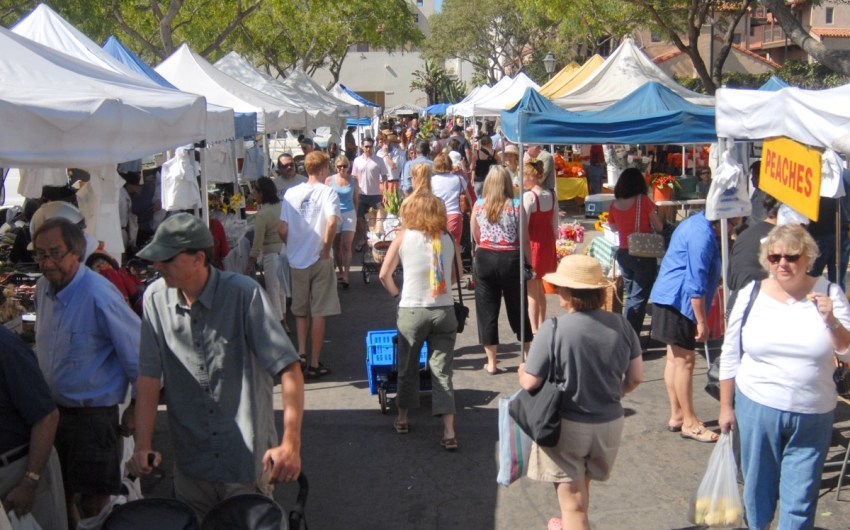
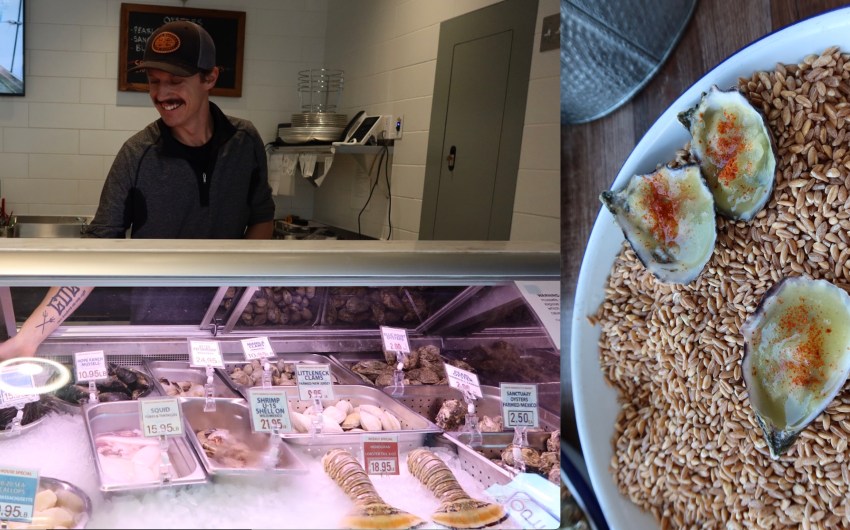
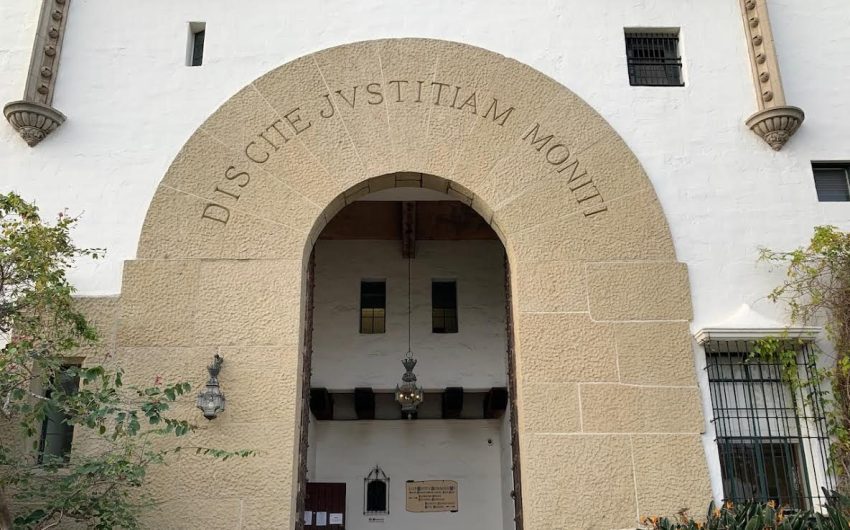

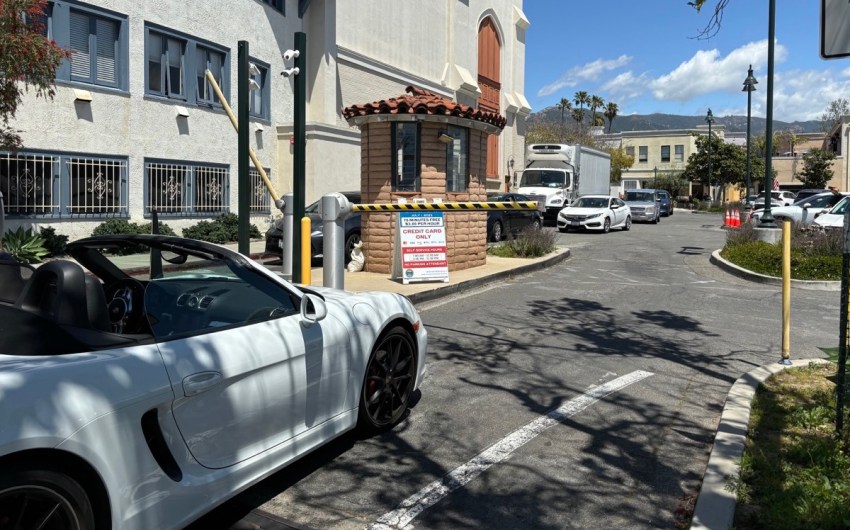

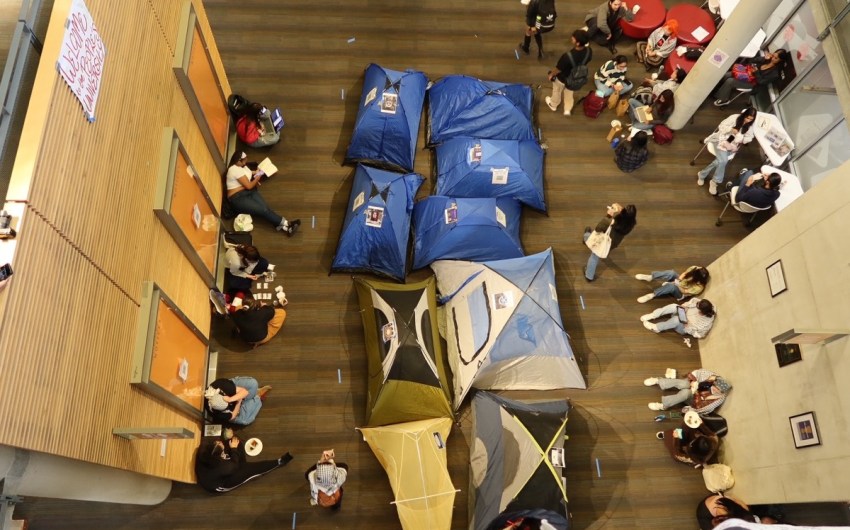




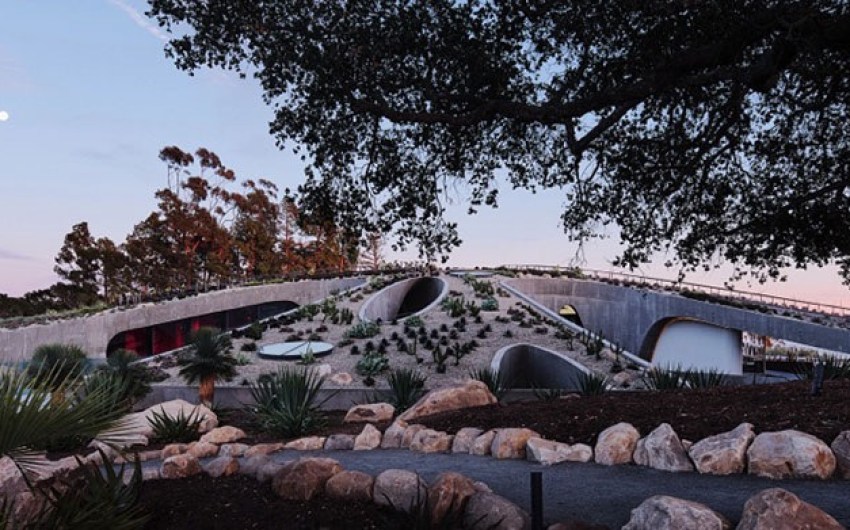









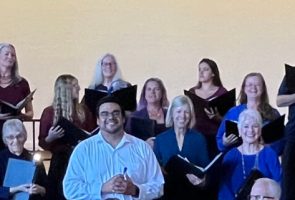

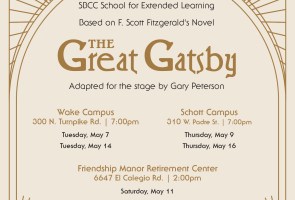
You must be logged in to post a comment.